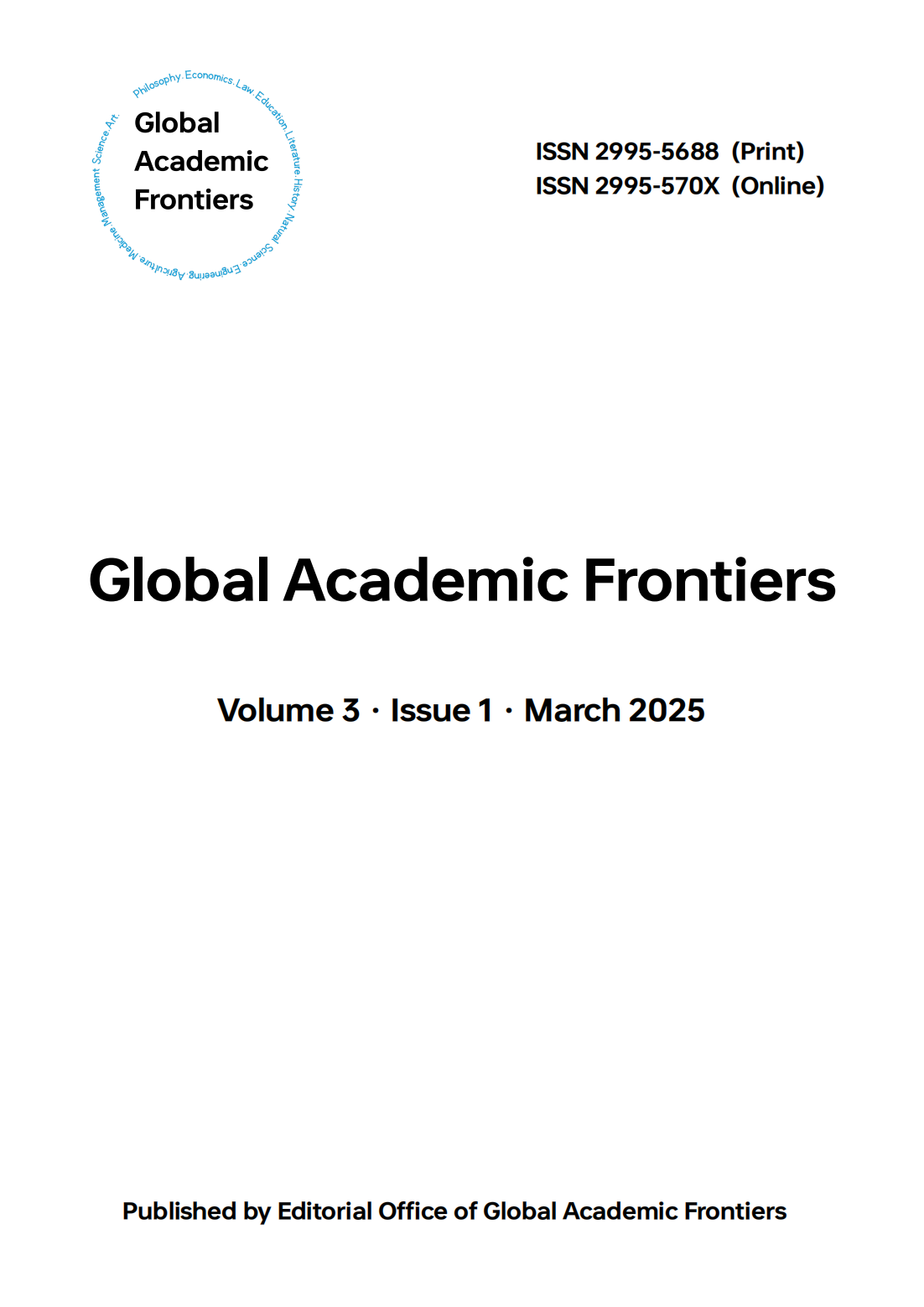Data Compliance in Cross-Border E-commerce: A Comparative Study of China and Malaysia's Regulatory Frameworks
DOI:
https://doi.org/10.5281/zenodo.15074696Keywords:
Data compliance, Cross-border e-commerce, Digital sovereignty, China-Malaysia relations, Regulatory harmonizationAbstract
This study conducts a systematic comparative analysis of data compliance requirements in cross-border e-commerce between China and Malaysia. Using digital sovereignty theory as a conceptual framework, the research examines regulatory convergences and divergences across four critical dimensions: data localization, cross-border data transfer, privacy protection, and cybersecurity. Findings reveal that China employs a security-centered approach prioritizing data sovereignty, while Malaysia adopts a development-centered framework balancing protection with digital economy growth. These distinct regulatory philosophies create significant compliance challenges for market participants, with disproportionate impacts on small and medium-sized enterprises. Despite these differences, opportunities for regulatory harmonization exist, particularly within bilateral cooperation frameworks. The study contributes practical guidance for navigating complex regulatory landscapes while offering recommendations for enhanced regulatory compatibility including tiered compliance guidelines and bilateral mutual recognition mechanisms to facilitate cross-border digital trade.
Downloads
References
Bradford, A. (2020). The Brussels Effect: How the European Union Rules the World. Oxford University Press.
Chan, M. (2022). Malaysia: Digital payments, data regulations, and AI as most promising areas for digital economy collaboration. In The ASEAN Digital Economy (pp. 76-96). Routledge.
Chen, L., & Li, J. (2022). Complying with China's data protection laws: Costs and consequences for digital enterprises. Journal of International Business Studies, 53(5), 1012-1028.
Chen, L., Rillo, A. D., Suhud, Y., & Kasih, M. C. (2023). Further ASEAN-China cooperation for joint prosperity: Envisioning the ACFTA 3.0 in the Digital Era. Economic Research Institute for ASEAN and East Asia.
Chik, W. B. (2023). Singapore's approach to data protection in a digital economy. Data Protection in the Internet, 305-330.
Djafar, W. (2022). Indonesia's evolving approach to data governance: Between economic opportunity and digital sovereignty. Journal of Current Southeast Asian Affairs, 41(1), 57-80.
Ferracane, M. F., & van der Marel, E. (2021). Regulations on personal data: Differing data realms and digital services trade. World Trade Review, 20(5), 1-25.
General Administration of Customs of China. (2023). China-Malaysia trade statistics. http://stats.customs.gov.cn/
Greenleaf, G. (2021). Global Tables of Data Privacy Laws and Bills (7th Ed). Privacy Laws & Business International Report, 169, 1-20.
Ismail, N. A., & Masud, M. M. (2020). Prospects and challenges in improving e-commerce connectivity in Malaysia. E-commerce Connectivity in ASEAN, 78-96.
Li, W., & Zhang, R. (2023). The compliance capability gap: How firm size shapes regulatory burden in China's digital economy. Journal of International Business Policy, 6(2), 219-236.
Lu, W. (2022). Data localization: From China and beyond. Indiana Journal of Global Legal Studies, 29(1), 183-211.
Morić, Z., Dakic, V., Djekic, D., & Regvart, D. (2023). Protection of personal data in the context of e-commerce. Journal of Cybersecurity and Privacy, 3(2), 731-761.
Neilson, B. (2022). Working the digital silk road: Alibaba's digital free trade zone in Malaysia. Environment and Planning A: Economy and Space, 54(1), 138-155.
Wang, L. (2023). China-Malaysia e-commerce co-operation under the "Five-Pronged Approach". Malaysian Journal of Chinese Studies, 12(1), 1-18.
Wu, Y., Zhou, Y., & Li, G. (2022). Barriers to digital trade: A systematic review of regulatory impacts on cross-border e-commerce. Journal of International Marketing, 30(2), 83-102.
Zhang, Y. (2023). China's evolving approach to data sovereignty and cross-border data flows. International Journal of Law and Information Technology, 31(2), 167-193.
Downloads
Published
Data Availability Statement
This study is based on analysis of publicly available legal texts, regulations, and scholarly literature. No original dataset was generated during this research. All legislative texts, regulations, and policy documents referenced in this study are publicly accessible through the official government websites and databases cited in the references section. Scholarly articles and reports used in this analysis can be accessed through their respective publishers or open-access repositories as indicated in the reference list.
Issue
Section
License
Copyright (c) 2025 ZHAO HONGQIANG, XIE YONGYI, ZHANG ZIYING, CUI XIAOTIAN (Author)

This work is licensed under a Creative Commons Attribution 4.0 International License.






